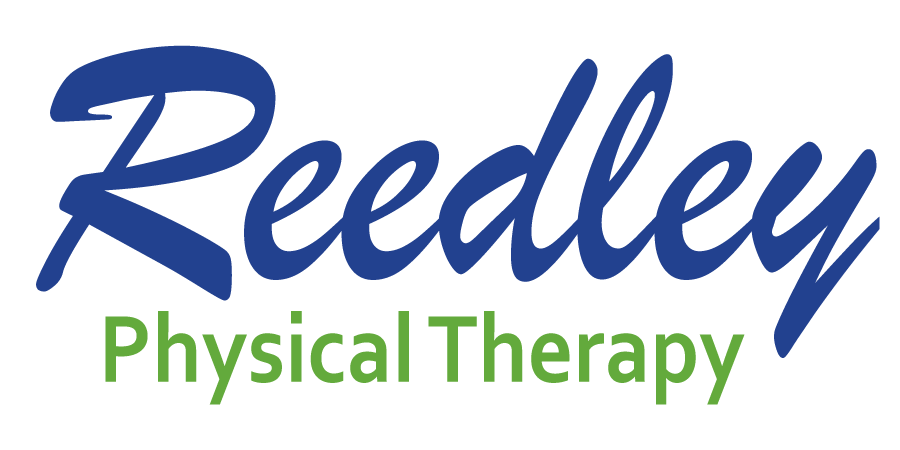Have you hugged your physical therapist today?
Hippocrates and Galen are believed to be the first physicians to treat people with techniques such as manual (hands on) therapy, massage, and hydrotherapy all the way back in 460 BC. Orthopedic medicine didn’t officially come along until the 18th century and it was during this time that systematic exercises and the first exercise machine (Gymnasticon) were developed to treat gout and other diseases. Some of the earliest documented origins of professional physical therapy groups date back to 1813 when Per Henrik Ling founded the Royal Central Institute of Gymnastics for manipulation and exercise. In 1887, the Swedish word “sjukgymnasts,” was given official registration by Sweden’s National Board of Health and Welfare.
Sjukgymnast’s were defined as someone involved in gymnastics for those who are ill. As the beginnings of a profession began to take hold, other countries began developing their own version of physical therapy and rehabilitation. One of the first documented groups was the Chartered Society of Physiotherapy which was established in Great Britain in 1894. The School of Physiotherapy at the University of Otago in New Zealand was established in 1913, and Reed College in Portland, Oregon, in the United States in 1914. In the early days, physical therapists in the United States were called “reconstruction aides.”
Modern physical therapy as we know it evolved quickly during the 19th century as a result of advances in orthopedics, the polio outbreak, and the First World War. Initially, women were recruited to provide exercise for children with disabilities and to provide physical rehabilitation to polio patients and injured soldiers. The first official United States school of physical therapy was established at Walter Reed Army Hospital in Washington, D.C.
This years theme for National Physical Therapy Month is a serious one. The focus is on the risks of opioid use and to get the word out that physical therapy is a safe, non-opioid alternative for managing pain. If you would like to learn more about how to avoid addictive opioids and how PT can help check out #ChoosePT. Don’t just mask your pain, Treat it!
And if you happen to be in the area of your local PT, stop in and wish them a Happy National Physical Therapy Month!
Dr. Maria Fermoile is a Doctor of Physical Therapy at Alliance Health in Fresno. She alternates writing this column with Dr. Chris Telesmanic. Both will be happy to answer questions submitted to maria@reedleyphysicaltherapy.com or chris@reedleyphysicaltherapy.com. Learn more about movement, fitness and health in this space each week, on our Facebook page, by going to www.alliancehealthfresno.com, or calling 559-478-5833.


